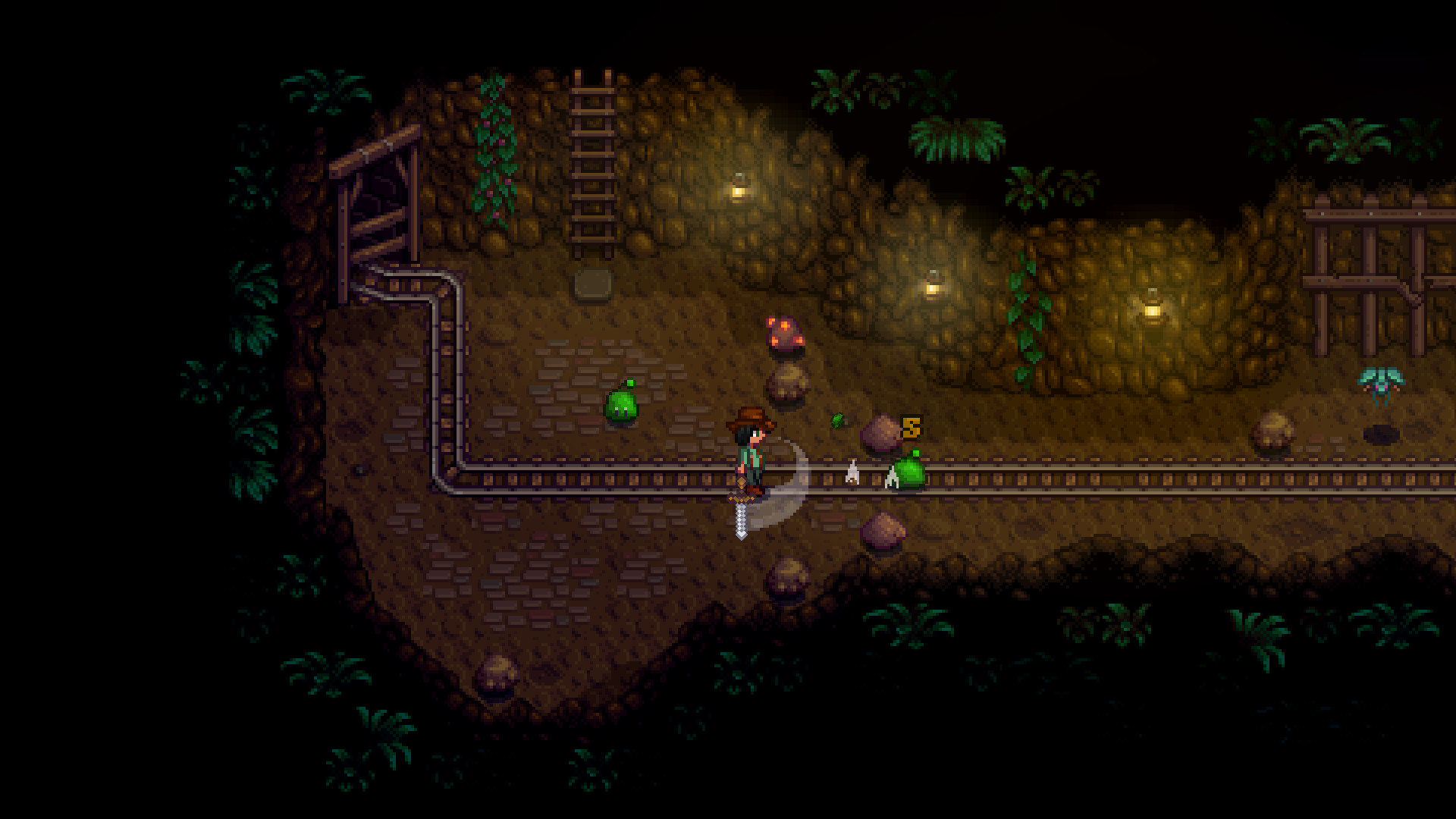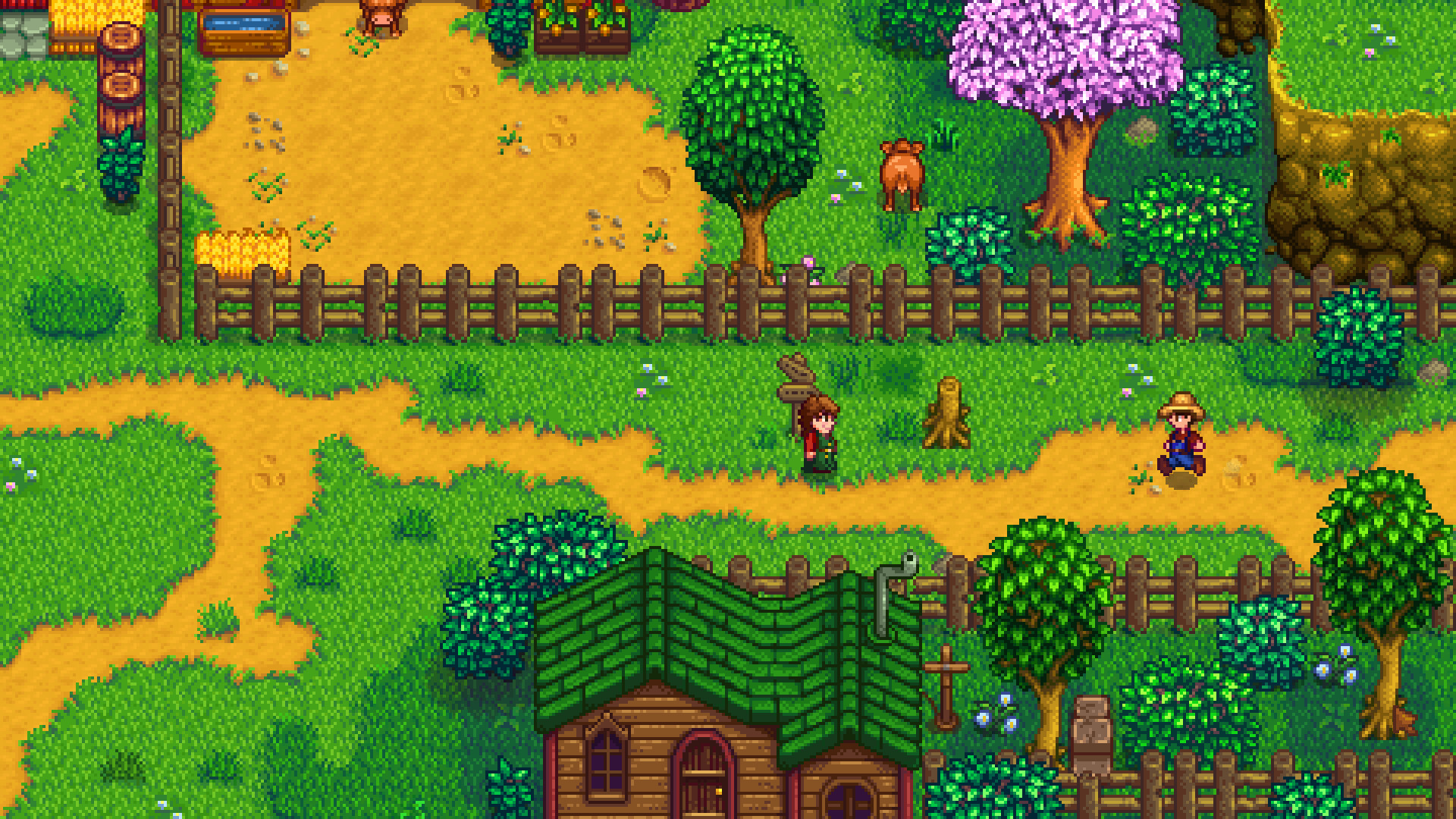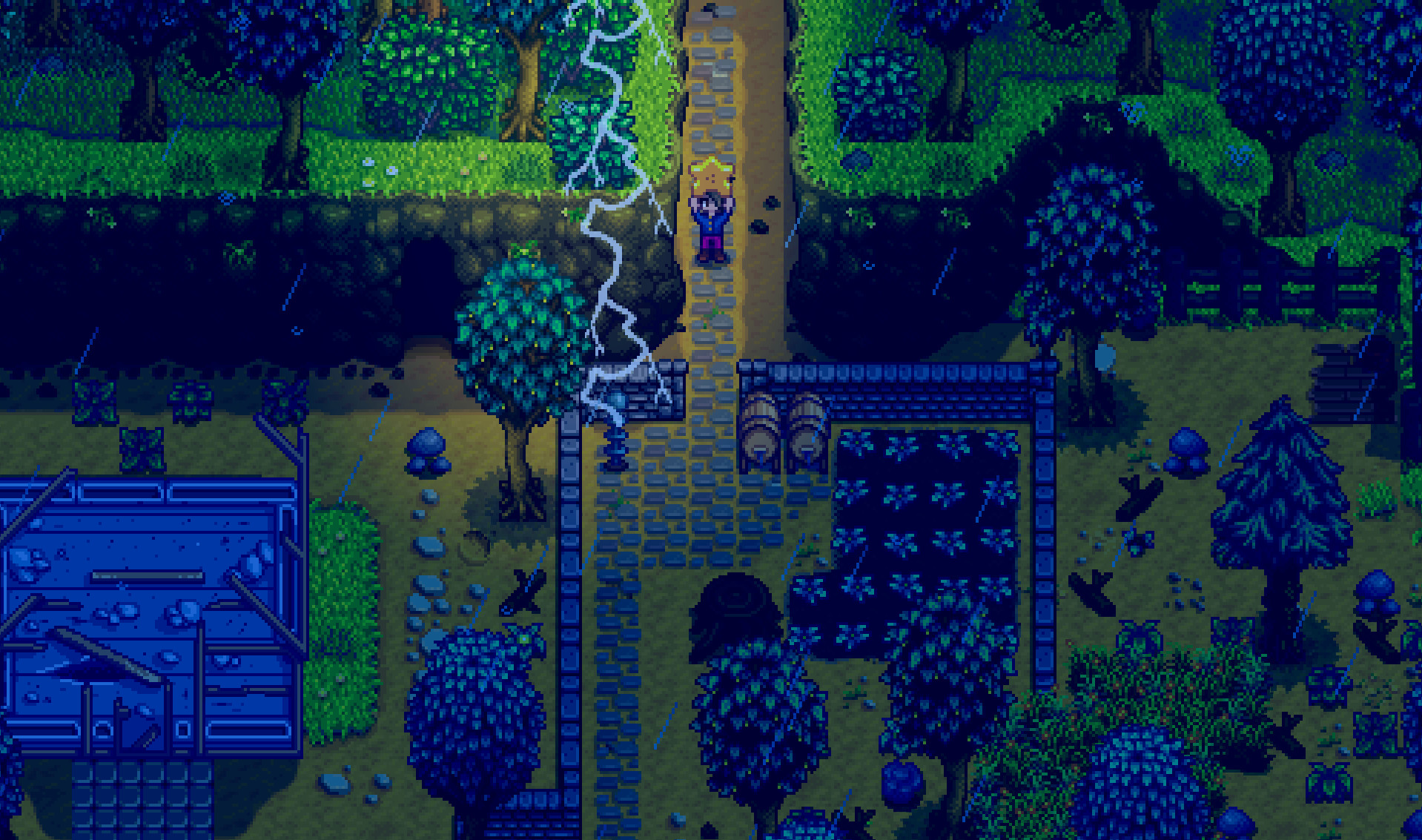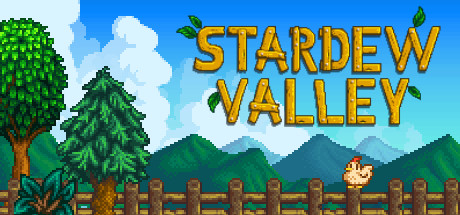Introduction
Stardew Valley, released on February 26, 2016, is an open-ended country-life RPG that’s captured the hearts of over three-quarters of a million players. Inheriting your grandfather’s rundown farm, you’ll restore fields, befriend villagers, and uncover the valley’s secrets. With a stellar 98% “Overwhelmingly Positive” rating from both recent (7,703 reviews) and all-time (753,057 reviews) feedback, it’s time to see how Stardew Valley stacks up against its peers.
Story & Setting
While Harvest Moon titles often lean on light narratives, Stardew Valley weaves a richer tapestry: a fallen community center, a corporate antagonist (Joja Corporation), and dozens of character arcs. Compared to Animal Crossing’s freeform slice-of-life, Stardew’s storyline gives players clear goals—rescue the center, win festivals, forge relationships—while still allowing sandbox freedom.
Gameplay Mechanics
Stardew Valley blends farming, crafting, exploration, combat, and social simulation into one cohesive loop. Here’s how it compares:

- Farming & Economy: More crop varieties and seasons than Harvest Moon: Friends of Mineral Town, plus artisan goods (cheese, wine) for deeper profit strategies.
- Crafting & Skills: Five skill trees with unlockable professions, offering greater customization than My Time at Portia’s workshop system.
- Multiplayer: Up to eight players online—an advantage over most farming sims, which are single-player or local co-op only.
- Combat & Mining: Deeper dungeon progression than Story of Seasons, with rare artifacts and monster loot.
Visuals & Audio
Stardew Valley’s pixel art is charming and timeless, though less graphically modern than My Time at Portia’s 3D world. Its soundtrack—over two hours of original music—ranks among the best in indie gaming, rivaling Animal Crossing’s cozy tunes in mood if not polish.
Community Feedback & Ratings
Players rave about Stardew Valley’s depth and relaxation.

- Strengths: Endless content, meaningful progression, charismatic villagers, mod support, and excellent multiplayer.
- Common Criticisms: Pixel visuals aren’t for everyone, UI can feel clunky at high inventories, and late-game goals may lack challenge.
These insights explain why 98% of both recent and all-time Steam reviews are “Overwhelmingly Positive,” highlighting a near-universal love for its balance of freedom and purpose.
Impact & Industry Influence
As an indie phenomenon, Stardew Valley revitalized the farming-sim genre, inspiring titles like Garden Paws and Kodiak Valley. Its success proved that solo developers can rival AAA studios in depth and community engagement.

Head-to-Head Comparison
- Vs. Harvest Moon/Story of Seasons: Stardew offers richer mechanics, modding, and online co-op, though it forgoes 3D models and voice acting.
- Vs. Animal Crossing: New Horizons: More structured goals and RPG elements, but fewer social features and no cross-play mobile support.
- Vs. My Time at Portia: Cleaner pixel style, faster pacing, and rock-solid stability versus Portia’s occasional bugs and steeper crafting curve.
Conclusion
With its compelling mix of farming, combat, crafting, and community, Stardew Valley remains the gold standard for modern life sims. Its near-perfect review scores reflect a meticulously crafted experience that outshines many competitors. Whether you’re a Harvest Moon veteran or seeking a cooperative sandbox, Stardew Valley delivers unparalleled depth and charm.

